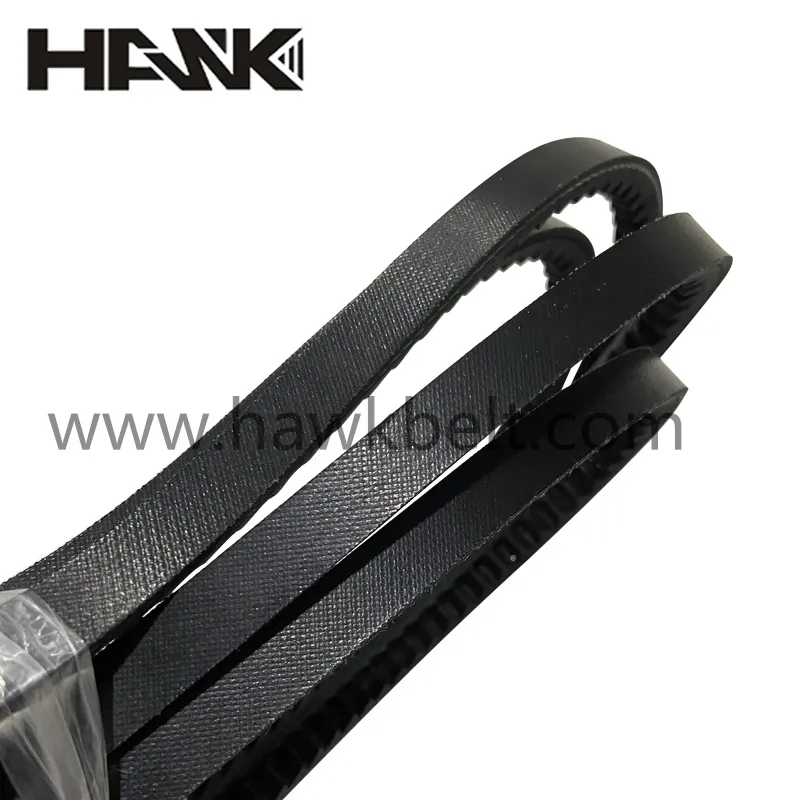- Arabic
- French
- Russian
- Spanish
- Portuguese
- Turkish
- Armenian
- English
- Albanian
- Amharic
- Azerbaijani
- Basque
- Belarusian
- Bengali
- Bosnian
- Bulgarian
- Catalan
- Cebuano
- Corsican
- Croatian
- Czech
- Danish
- Dutch
- Afrikaans
- Esperanto
- Estonian
- Finnish
- Frisian
- Galician
- Georgian
- German
- Greek
- Gujarati
- Haitian Creole
- hausa
- hawaiian
- Hebrew
- Hindi
- Miao
- Hungarian
- Icelandic
- igbo
- Indonesian
- irish
- Italian
- Japanese
- Javanese
- Kannada
- kazakh
- Khmer
- Rwandese
- Korean
- Kurdish
- Kyrgyz
- Lao
- Latin
- Latvian
- Lithuanian
- Luxembourgish
- Macedonian
- Malgashi
- Malay
- Malayalam
- Maltese
- Maori
- Marathi
- Mongolian
- Myanmar
- Nepali
- Norwegian
- Norwegian
- Occitan
- Pashto
- Persian
- Polish
- Punjabi
- Romanian
- Samoan
- Scottish Gaelic
- Serbian
- Sesotho
- Shona
- Sindhi
- Sinhala
- Slovak
- Slovenian
- Somali
- Sundanese
- Swahili
- Swedish
- Tagalog
- Tajik
- Tamil
- Tatar
- Telugu
- Thai
- Turkmen
- Ukrainian
- Urdu
- Uighur
- Uzbek
- Vietnamese
- Welsh
- Bantu
- Yiddish
- Yoruba
- Zulu
Sep . 28, 2024 13:15 Back to list
twist link v-belt
Understanding Twist Link V-Belts A Comprehensive Guide
In industrial and mechanical applications, the significance of power transmission systems cannot be overstated. Among the various types of belts used for these applications, the twist link V-belt stands out for its unique design and functionality. This article explores the characteristics, advantages, and applications of twist link V-belts, showcasing why they are a preferred choice in many industries.
What is a Twist Link V-Belt?
A twist link V-belt is a type of belt characterized by its distinctive twist link design. Unlike standard V-belts that feature a solid structure, twist link V-belts consist of interlocking links that provide enhanced flexibility and adaptability. This design enables the belt to bend and twist around pulleys more easily, making it ideal for various applications where change in direction or path is necessary.
The twist link configuration typically includes multiple links with a V-shaped profile, facilitating effective engagement with the corresponding grooved pulleys. The unique arrangement not only allows for efficient power transmission but also minimizes slippage.
Advantages of Twist Link V-Belts
1. Flexibility The primary advantage of twist link V-belts lies in their flexibility. They can easily navigate around tight bends and curves in power transmission systems, which is particularly advantageous in applications with limited space.
2. Durability Made from high-quality materials, twist link V-belts are designed to withstand harsh operating conditions. Their robust construction ensures longevity, reducing the need for frequent replacements and lowering maintenance costs.
3. Reduced Slippage The interlocking link design of twist link V-belts provides superior grip on the pulleys. This reduces the likelihood of slippage, enabling more efficient power transfer and improved operational efficiency.
4. Low Noise Levels Compared to some traditional belt types, twist link V-belts operate with lower noise levels, making them suitable for environments where noise reduction is crucial.
twist link v-belt

5. Easy Installation and Adjustment The design of twist link V-belts allows for easier installation and adjustments compared to conventional belts. This can save time during maintenance and repairs, ensuring minimal downtime for machinery.
Applications of Twist Link V-Belts
Twist link V-belts are utilized in a wide range of applications across various industries. They are commonly found in
- Agricultural Machinery Used in tractors and other equipment where flexibility and durability are essential for efficient operation.
- Textile and Manufacturing Industries Employed in machines that require intricate power transmission systems to operate efficiently.
- Automotive Applications Often used in engine components where twisting and bending are necessary.
- Construction Equipment Ideal for heavy machinery that must deliver power while navigating complex paths.
Conclusion
In summary, twist link V-belts offer a versatile and effective solution for power transmission needs in numerous industrial applications. Their unique design enhances flexibility, durability, and efficiency, making them an excellent choice for applications that require navigating through tight spaces or complex pathways. As industries continue to innovate and advance, the demand for reliable and efficient power transmission solutions like twist link V-belts is likely to grow, solidifying their position in the market.
-
Upgrade Power Steering Pump Belt for Smooth, Quiet Operation
NewsAug.27,2025
-
Precision Timing Belt & Chain: Engine Performance & Durability
NewsAug.26,2025
-
Precision Lathe Drive Belts: Durable & Reliable Performance
NewsAug.25,2025
-
84.5 Serpentine Belt: Durable & Precision Fit for Your Engine
NewsAug.24,2025
-
Premium Ribbed Drive Belts for Quiet Power Transmission
NewsAug.23,2025
-
High-Performance Vehicle Timing Belt for Engine Precision
NewsAug.22,2025

